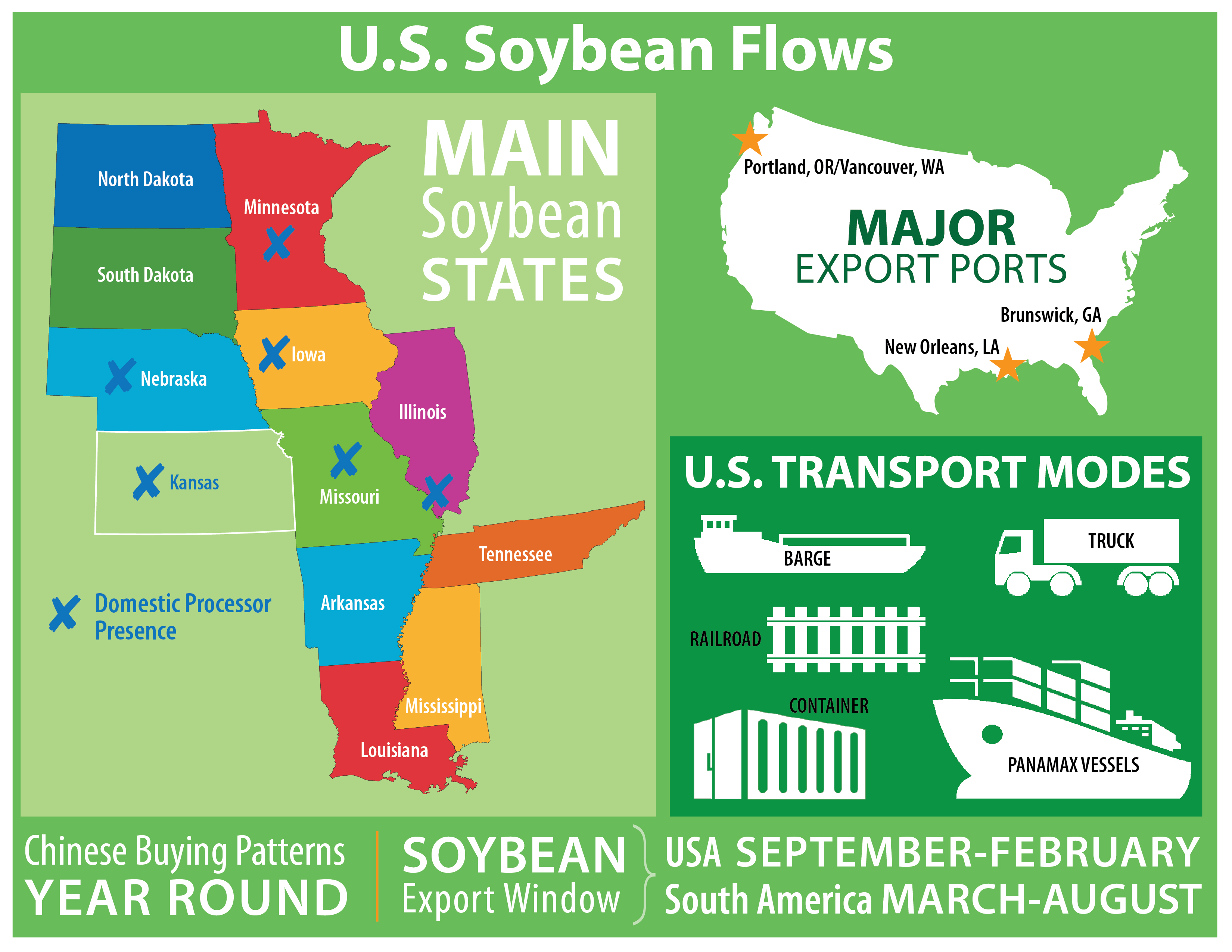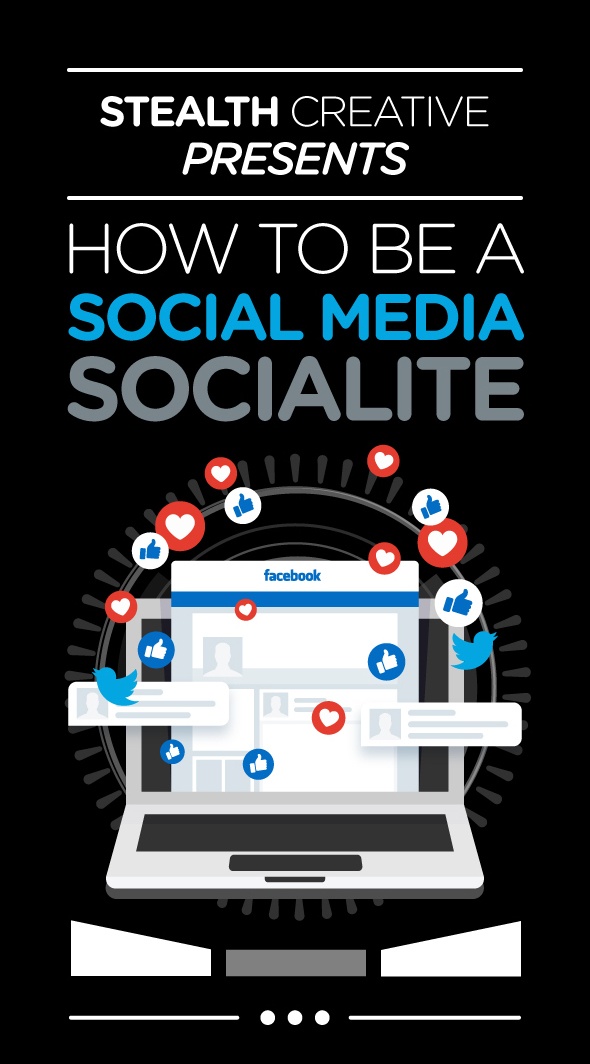Yes, the market is volatile, and recent quarterly earning reports – among publicly traded companies at least – point to more consolidation in the industry. In other words, we should see more company mergers, organizational centralization and cost cutting among major players in the industry.
Keep in mind there is opportunity in that shift.
Farmers will continue to try and eliminate risk amidst the volatility. Grain companies are becoming more vocal with daily market recaps before and after daily trading sessions to establish credibility and provide advice for producers.
Eventually, farmers will sign up record amounts of production towards specialty marketing programs that establish floors and ceilings on yearly prices. Every grain company calls these marketing programs something different. Bunge called it the Alliance Advantage Program; Consolidated Grain and Barge called it their Equalizer family of products. They all take risk off the table.
And all of these major players have invested significant amounts of money training grain marketing specialists on the right marketing plan for each producer. Market factors, farm size, production risk and cash flow can steer a grain marketing specialist towards a specific type of marketing contract each year instead of simply holding town hall meetings every spring and summer across the Midwest to establish credibility.
In fact, the days of the vice president of your grain company spending two weeks holding town hall meetings discussing S&D’s from Fargo, ND, to Lettsworth, LA, are over. Ok, maybe you still have a handful of in-person potlucks with your top customers, but why not work smarter – not harder – by advertising your top marketing specialists?
In a very disciplined manner, you can coordinate a digital and social media marketing plan that drives farmers towards your company and experts. Setting up monthly spend budgets and targeting the right geographic areas stop costs from getting out of control and put less strain on your employees.
Let’s say you have a grain marketing specialist based out of West Memphis, AR, who covers northern Mississippi to Cape Girardeau, IL. Digital and social media marketing requires less in-person attention, and allows you to cover more ground for the same price as paying for monthly travel and entertainment.
If you still had money in the budget, you could supplement digital marketing and social media campaigns with a direct mail campaign that has the same look and feel, and drives the messaging home through multiple media.
You could also create a professional video of each grain marketing specialist that links to a landing page with a form fill to schedule an appointment to learn more.
Interested in learning more about how to put your marketing budget to the best use? Reach out today; we’d love to chat with you more to understand how we can help you do just that.

